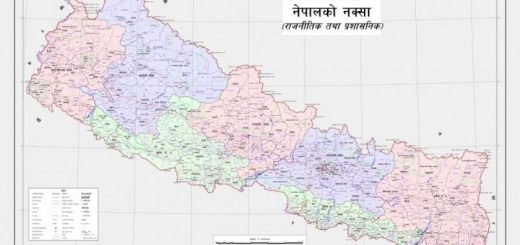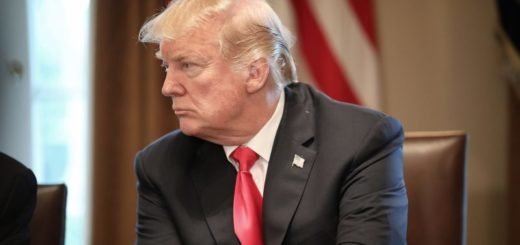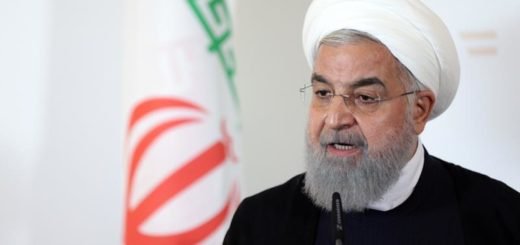USA and The Facade of Anti-Terrorism
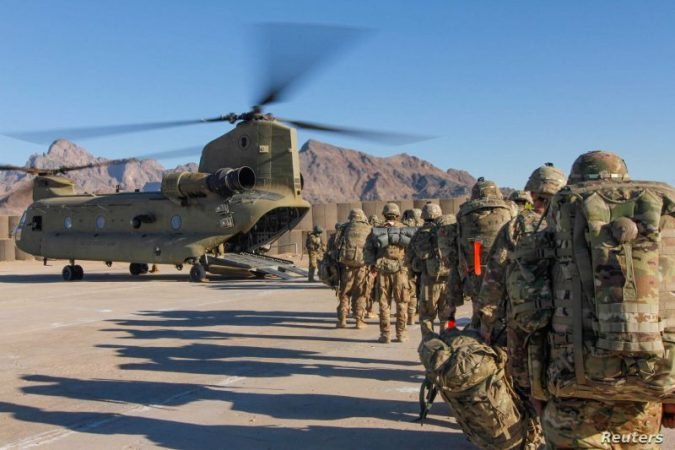
The first world countries mostly the United States of America have always taken a strong stand against terrorism and always protected the rights of other developing or underdeveloped nations. However, there has always been a debate about the hidden motives of such countries. The distribution of power across the globe is not a complex scenario, while the USA is still one of the most powerful nations Russia and China can possibly be a major threat to its power. Moreover, on the pretence of securing the development of underdeveloped first-world countries try to exercise control over them. This paper discusses the various possibilities and the current scenario of world power and the stand of first-world countries on terrorism.
___________________________________________________________________________
Definition
‘Terrorism is an anxiety-inspiring method of repeated violent action, employed by clandestine individual groups or state actors, for idiosyncratic, criminal or political reasons, whereby-in contrast to assassination-the direct targets of violence are not the main targets. The immediate human targets of violence are generally chosen randomly or selectively from a target population and serve as message generators. Threat and violence-based communication processes between terrorists’ victims, and main targets are used to manipulate the main target, turning it into a targeting of terror, a target of demands, or a target of attention, depending on whether intimidation, coercion or propaganda is primarily sought’ [Alex Schmid and Jongman, J. Albert, Political Terrorism, 1988) p. 28.].
Terrorism in America after the attack of 9/11
The series of airline hijackings on September 11 2001, by a total of 19 terrorists associated with the extremist Islamic group Al-Qaeda. It was the deadliest terrorist attack on the U.S. ever by the extremist group; killing nearly 3,000 people (official figure). The attacks involved the hijacking of four planes by terrorists, three of which were used to strike significant U.S. cities. American Airlines flight number 11 and United Airlines flight number 175 were flown straight into the World Trade Centre’s north and south towers, respectively, and American Airlines flight number 77 hit the Pentagon. United Airlines flight 93 crashed in a field near to Shanksville, Pennsylvania, after passengers had attempted to overpower the hijackers and take control of the plane. The plane was believed to be headed to the U.S. Capitol building in Washington, D.C [Bergen, 2022].
Al-Qaeda leader Osama bin Laden (who was found to be living securely near Islamabad and was eventually killed) is considered the mastermind of the attacks, though Khalid Sheikh (who is detained by the US) Mohammed was the operational planner. Mohammed came up with the tactical innovation of using hijacked planes to attack the United States, and al-Qaeda provided the militants, with money, and logistical support to execute the operation smoothly.
The main terrorist threat today in the United States is now understood as emerging from across the political spectrum, as pervasive firearms, political polarization, and other factors have all combined with the power of online communication and social media to generate a very complex and varied terrorist threat that crosses ideologies and is largely disconnected from traditional understandings of terrorist organizations.
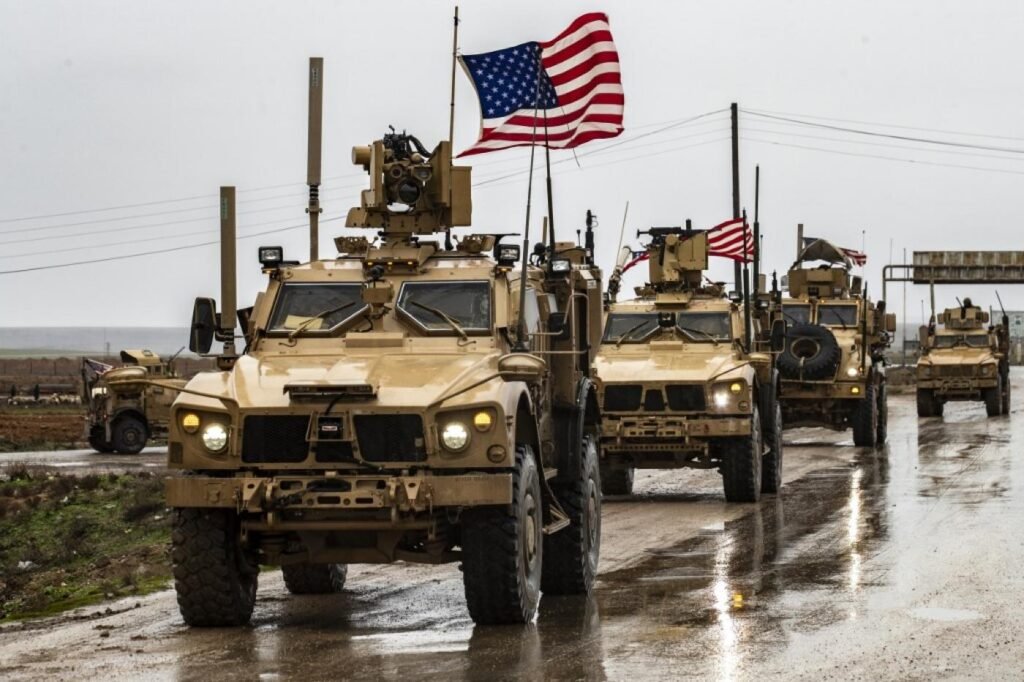
USA and the combat of terrorism
The war on terrorism was a term used to describe the American-led global counterterrorism campaign launched in response to the terrorist attacks of September 11, 2001on the USA by Al-Qaeda. In its scope, expenditure, and impact on international relations, the war on terrorism was comparable to the Cold War; it was intended to represent a new phase in global political relations and has had important consequences for security, human rights, international law, cooperation, and governance.
While the use of economic assistance was the modus operandi of the foreign aid programs of most Western countries during the Cold War, democracy promotion programs, especially by the United States, have seen a dramatic increase since the 1990s (Carothers 1999; Diamond 1995). According to Carothers (1999), democracy promotion programs consist of “aid that is specifically designed to foster a democratic opening in a non-democratic country or to further a democratic transition in a country that has experienced a democratic opening”
The United States also provides aid to countries for countering possible terror attacks as well as combating terrorism or send troops along with financial aids. The aid received from the United States may suffer a huge backlash from the citizens of the country receiving aid because of the constant interference into their social and political issues.
- Iraq– U.S. war planners had underestimated the difficulties of building a functioning government from scratch and neglected to consider how this effort could be complicated by Iraq’s sectarian tensions, which had been held in check by Saddam’s repressive regime but were unleashed by his removal. By late 2004 it was clear that Iraq was sinking into chaos and civil war; estimates of the number of Iraqi civilians killed during the period of maximum violence—roughly 2004 to 2007—vary widely but generally exceed 200,000. The U.S. troops invaded Iraq in 2003, Hussein had begun to tilt toward a more religious approach to governance, making the transition from Baathist to Islamist ideology less improbable for some of the disenfranchised Iraqi officers
- Afghanistan– The first phase of toppling the Taliban by the USA (the ultraconservative political and religious faction that ruled Afghanistan and provided sanctuary for al-Qaeda, perpetrators of the September 11 attacks) was very brief, lasting just two months. The second phase, was from 2002 until 2008, and marked by a U.S. strategy of defeating the Taliban militarily and rebuilding core institutions of the Afghan state. The third phase, began in 2008 and accelerated with the U.S. President Barack Obama’s 2009 decision was to temporarily increase the U.S. troop presence in Afghanistan. The larger force or idea was used to implement a strategy of protecting the population from Taliban attacks and supporting efforts to reintegrate insurgents into Afghan society.
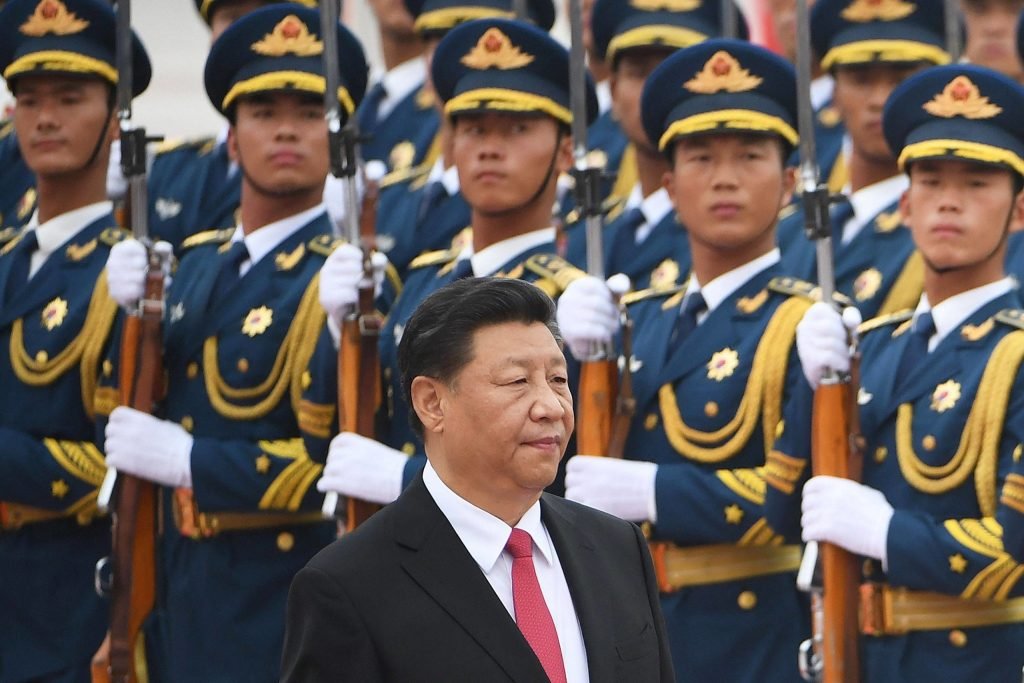
China’s emergence as a superpower and threat to the USA
China’s GDP has also multiplied over a period of just fifteen years. It has not only improved its status as a trading nation, it rose to eleventh position from number thirty-seven in a span of just ten years. Another important fact about China is that is has accumulated a large foreign currency reserve and is now second in the world to Japan. China has not only taken advantage of foreign investment but is also rated second in the world, after the US. China’s military has undergone significant change in the last decades. Its military strategy is becoming more offensive and it has recognized the importance of power projection with modern military technology. China has started the process of modernizing its forces and, while it is currently beset by obsolete equipment, it has set goals for the future [Hynes, 2021].
It is clear that China’s economic and military transformation has been aimed at challenging the balance of power that has existed in the region since World War Two. China has demonstrated hegemonic intentions through its territorial claims in the South China Sea and in its recent actions against Taiwan. A more aggressive and expansionist policy may occur as China faces more pressure to provide food and resources for one quarter of the world’s population. If the current transformation continues, China will have, in the future, the economic and military might to threaten both the countries in the region and the West. The closer ties with Russia have already resulted in a strategic relationship that is designed to counter the influence of the US.
References
- Hynes.A.H, 2021, China: The emerging superpower, Nukes.faxs.org https://nuke.fas.org/guide/china/doctrine/0046.htm
- Bergen.L. Peter, 2022.September.7, September 11 attacks https://www.britannica.com/event/September-11-attacks
- Witte. Griff, 2021.August.16, Afghanistan War https://www.britannica.com/event/Afghanistan-War


